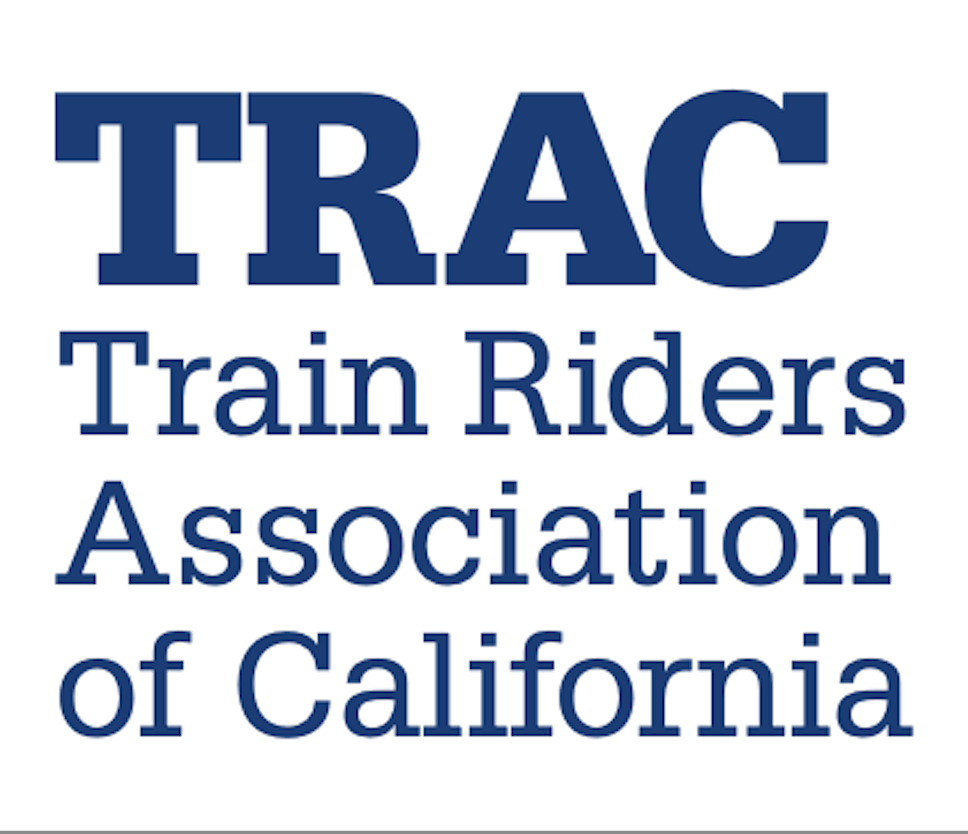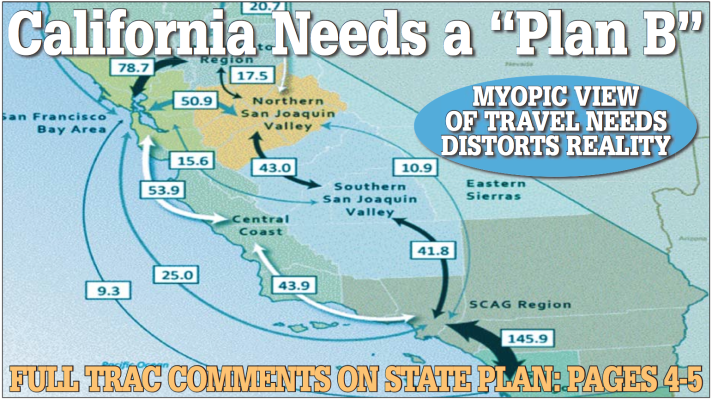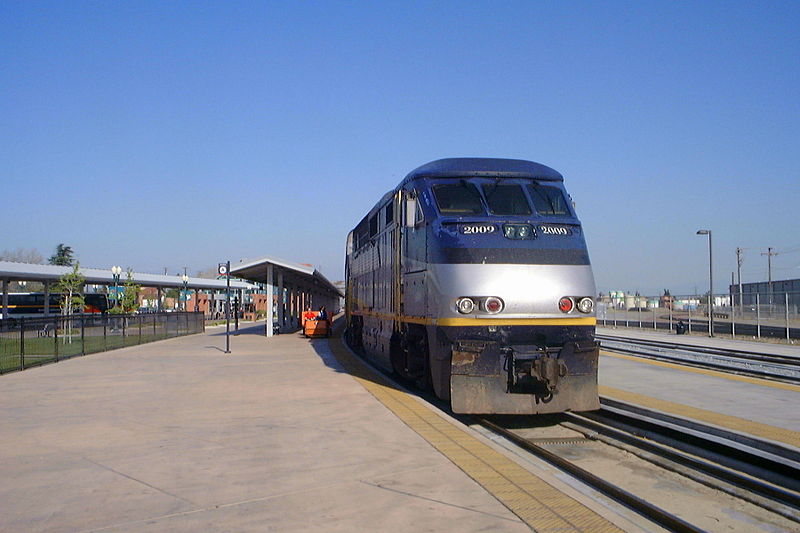Dr. Graham Currie: Lies, Damned Lies, AVs, Shared Mobility, and Urban Transit Futures

Australian academic Graham Currie of Monash University talks sense about autonomous cars, the claims that public transit “has no future” and other technophilic nonsense:
Lies, Damned Lies, AVs, Shared Mobility, and Urban Transit Futures
Abstract
It seems to me there is a gigantic lot of nonsense discussed about the future of transport and the future of public transport in particular. As a researcher in the field, I find my emotions boiling over. I get angry at blanket statements telling us public transport has no future and it seems to me much of what is talked about regarding transport futures flies in the face of facts and a long history of what knowledge has gleaned about the human condition, economics, cities, and travel. My hope is that readers will see prevailing discourse differently as a result of this paper and get to share my feelings on the matter. Either way, debating the issues is worthwhile and there are new perspectives of much value to debate.
This research paper aims to explore public transport futures but it also aims to challenge and “derail” what current common thinking is on transport futures. It starts with an outline of a rather unusual approach that will use “new words” as a novel medium to explain prevailing thinking. The paper actually begins at “The End” since it is important for readers to understand that prevailing thinking tends to believe that public transport has no future. The new word auto-no-(e)motion is then presented so that readers can assess if a future of autonomous cars is likely; or perhaps “the emperor has no clothes.” Next, the word non-o-sharing is introduced to help readers understand what I shall term the shared mobility lie. The paper then closes with a short outline of why public transport is the future of cities and presents the term transit fusion as a new way of explaining how developments in our past will enhance the future of public transport in cities.
Link to article: http://scholarcommons.usf.edu/jpt/vol21/iss1/3/





